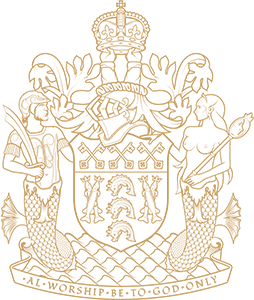1272
The Fishmongers’ Company was first incorporated by Royal Charter by Edward I in 1272, and our ordinances – containing full and detailed provisions for the regulation of the London fish trade – were formally approved in 1279. The oldest surviving charter in the Company’s possession dates from 1547 and was granted by Edward VI.


